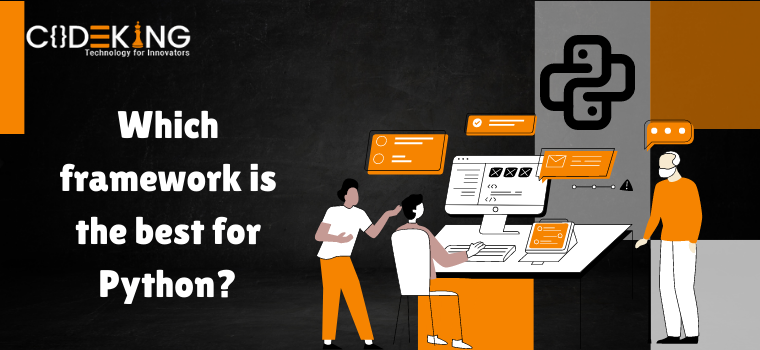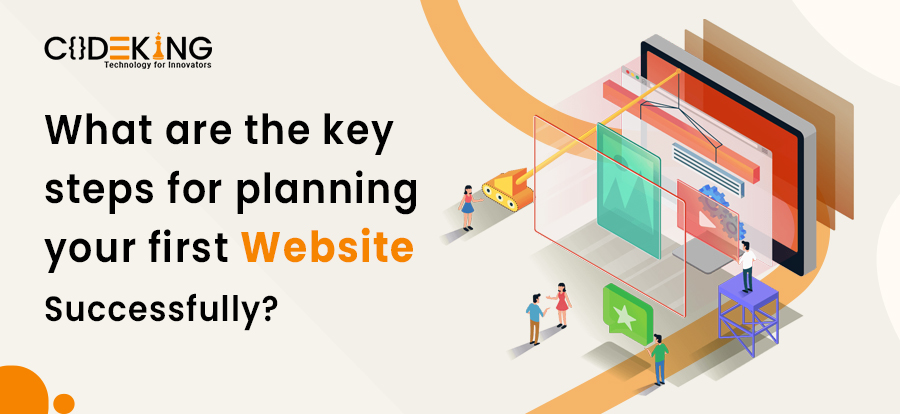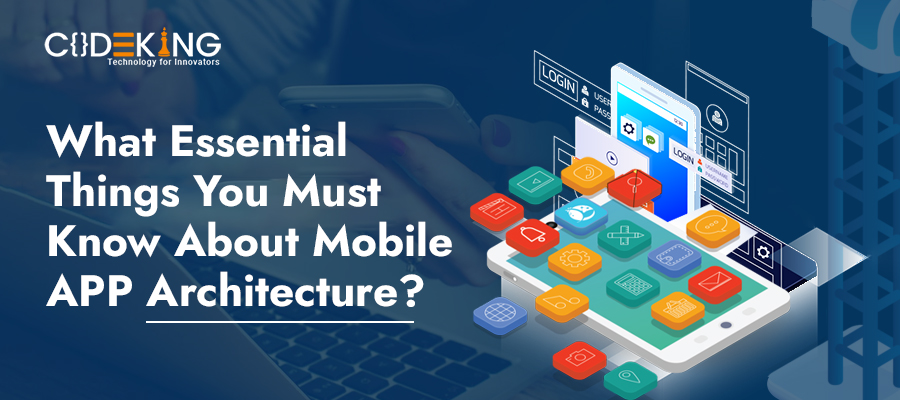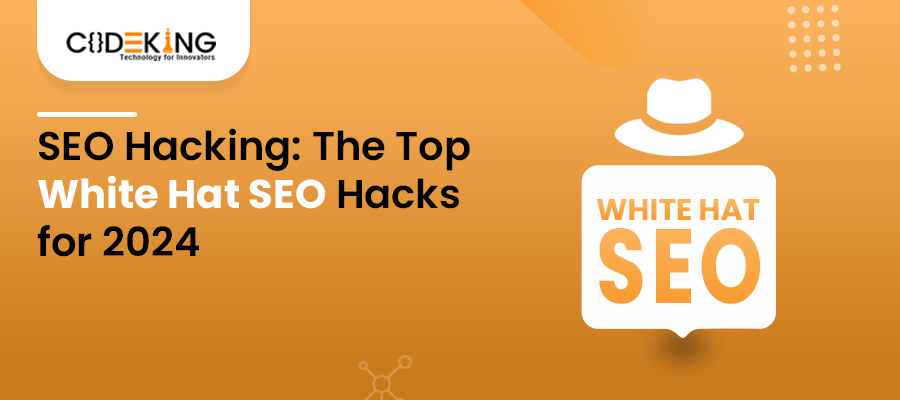Python web frameworks are a collection of modules or packages that help programmers build web applications using the Python programming language. When they choose Python for speedy development, they don’t need to concentrate on low-level features like various protocols, thread management, or connections.
Frameworks automate the execution of fundamental fixes, enabling developers to concentrate on the creation of websites rather than routine daily tasks.
What Is a Python Framework?
With a foundation or substructure to build on top of, a Python framework, like any framework, protects your software development project. Software frameworks, to be clear, provide the generic functionality of the program you’re trying to develop, saving your engineers the time and effort of having to start from scratch.
Specifically, Python frameworks use the Python programming language toü automate typical application development tasks. Python developers will thus have more time for development, and your company as a whole will gain.
What are Frameworks in Python?
One of the most widely used and productive programming languages, Python offers a wealth of libraries and frameworks for practically every technological area. Python frameworks automate the execution of numerous operations and provide programmers with a foundation for creating applications.
Each framework provides a unique set of modules or packages that greatly shorten the time needed for development. Full-stack, micro, or asynchronous Python frameworks are the three possible types. Let’s quickly describe the different kinds of frameworks before delving into the popular Python frameworks in more detail.
Full-stack Framework
The needs for web development are all met by a full-stack framework. Form generators, template designs, form validation, and many more tools fall under this category.
Asynchronous Framework
Asyncio is a library that allows many processes to operate simultaneously and is used by asynchronous frameworks. They are capable of managing many concurrent connections.
Micro Framework
Micro frameworks necessitate some human labor on the part of developers. Due to its lack of the majority of full-stack framework features, it is second hand for the construction of simple web applications.
Where Is the Use of Python Most Recommended?
Python is an interpreted, object-oriented, general-purpose programming language. Python was built with code readability as a top priority by the language’s inventors, who stressed productivity. The most notable examples of Python’s adherence to this principle of readability are its logical use of the English language and its easily navigable code blocks.
Readability was a key component of Python’s founding philosophy. The key feature of Python is its wide white space, which programmers use to separate code blocks. In contrast to other programming languages that utilize special characters like brackets, this strategy promotes easily readable code and gives the program a friendlier appearance.
Because of its extensive standard library, Guido van Rossum’s 1991 language is now referred to as having “batteries included.” Python libraries define programmable units of code that may be incorporated into your application with a straightforward function call.
What is included with the language out of the box is the Python Standard Library. This library is remarkably large and contains high-level data structures like dictionaries and lists, as well as turtle graphics and other things. Both the front end and the back end of development work nicely with the Python programming language.
Python is also used by programmers to create a wide range of software, including applications for data science, machine learning, and web development. Python’s simplicity, along with its standard and optional libraries, contributes significantly to its ability to support a wide range of programming capabilities.
Why is Python popular?
One of the most popular programming languages in use today is Python. Today, millions of apps, games, and websites make use of this technology, which was first developed in the 1990s. Any developer who uses Python will tell you that it is more reliable, dependable, and quick than the majority of current languages.
Python can be used in practically any situation, and its performance won’t suffer because of the platform it runs on. Because there are so many different applications for Python, its versatility makes it even more remarkable and enticing to use. Being applicable in a variety of contexts is another benefit of the Python language’s versatility.
Later, it indulges hardware programming, web development, mobile apps, desktop apps, and much more. Given that it has a variety of tools and modules that make things much simpler, the Python language may be quite helpful with task automation.
It’s amazing to consider that one may easily reach advanced levels of automation with simply basic Python programs. The best performance enhancer for automating software testing in Python. It takes much less time and just needs a minimal number of lines to write programs for automation tools.
Which framework is best for Python?
The Django REST framework offers a fantastic foundation for developing pieces of restful APIs, even though you might not find Django to be lightweight. Up until they experience the Django Rest Framework, people prefer Tastypie. Tastypie works well with Django as an easy plug-and-play, but if you ask it, it doesn’t have very deep integration.
The Rest framework interacts with standard Django idioms and patterns, so if you’re a Django expert, you’ll pace it up like nothing else. The framework’s active development and excellent documentation are additional advantages that we cannot afford to overlook.
In a nutshell, if you can afford to employ a rather bulky and self-contained framework like Django, use the REST framework. Build your solutions from little bricks that stick to a flask if you want to keep it simple and sleek.
Which is the best Python web framework for use?
There are several things to take into account while picking a Python web framework for a project. The project’s specifics, the programmer’s tastes, and experience, and the project’s overall long-term objective are all things to take into account.
It’s important to think about your options because there can be some issues if the Python web frameworks are changed. The selection of the wrong framework could lead to significant time and money losses. Put your trust in the experts rather than attempting to solve everything yourself.
Popular Python Frameworks for 2022
Python is a well-liked programming language that is second only to JavaScript in terms of popularity among programmers and multinational corporations. Its straightforward syntax and excellent performance make it the top choice of developers.
Python excels at serving a variety of needs, including those for online and app development. Let’s explore the well-liked Python frameworks that you might use in 2022 and beyond to create attractive websites.
Django
Developers may quickly create complicated code and applications with the full-stack Python framework Django. Instead of providing them as separate libraries, Django unifies the essential components of a web app by default.
Amazing, incredibly scalable, adaptable, and quick web programs may be created with Django. Additionally, it enables programmers to transfer databases amongst one another by using the same code.
Pyramid
Pyramid is a well-known full-stack framework that is free and open-source and is built on Python. Since it integrates seamlessly with large-scale applications, it is well-liked.
Depending on the needs, there are many resources available to expand its capabilities. Pyramid is adaptable and facilitates the creation of simple web apps using a focused design strategy.
CherryPy
The open-source framework CherryPy is well known for being both quick and stable. It runs without a hitch on Unix, Linux, Windows, and macOS, which are all the major frameworks.
An array framework, module framework, and multi-string web server are all included in the framework. An Apache server is not necessary to run the apps developed with CherryPy.
More expansions and hook points are made possible by the framework’s mechanisms. Even more, tools are made available, including Python 2.7+, Python 3.1+, PyPy, Android, and Jython.
Tornado
For its efficiency and usability, Tornado, an asynchronous Python web framework, has received 18,292 GitHub Stars and 5,040 GitHub Forks.
This framework places a lot of emphasis on how quickly the app loads and how well it can handle heavy traffic. Untangling the C10k problem, it is an eccentric framework library that employs a non-blocking framework I/O. For applications that require a high-quality and several clients running at once.
Flask
If you’re wondering what Flask is and why it’s so popular, allow me to explain that Flask is a Python micro-framework built on Werkzeug and Jinja 2. 46,475 and 12,921 more GitHub Stars and Forks have been attach to the framework.
The improved app functionality is give by the Flask framework’s Werkzeug WSGI toolkit and Jinja2 template. Even well-known industry titans like Pinterest and LinkedIn use it.
TurboGears
A full-stack web app framework for Python, TurboGears is open-source and information-driven. It involves minimal setup to establish a web application and enables developers to build extensible information-driven web apps.
The framework even invites people to begin creating web apps with a minimal setup. The server and software both use Object Relational Mapper (ORM) and Ajax, and the architecture is MVC (Model-View-Controller). The framework is well supported by the community and provides access to many libraries.
Web2Py
All of the main active frameworks are help by the open-source full-stack development framework known as Web2Py. The SQL database, web server, and online interface are old to rearrange the web app development process. The framework enables you to create, modify, distribute, and manage web programs using web browsers. The HTTP requests, answers, treatments, and sessions are control using built-in Web2Py segments.
You can also read about the Benefits of the Software Development Life Cycle in Business.





